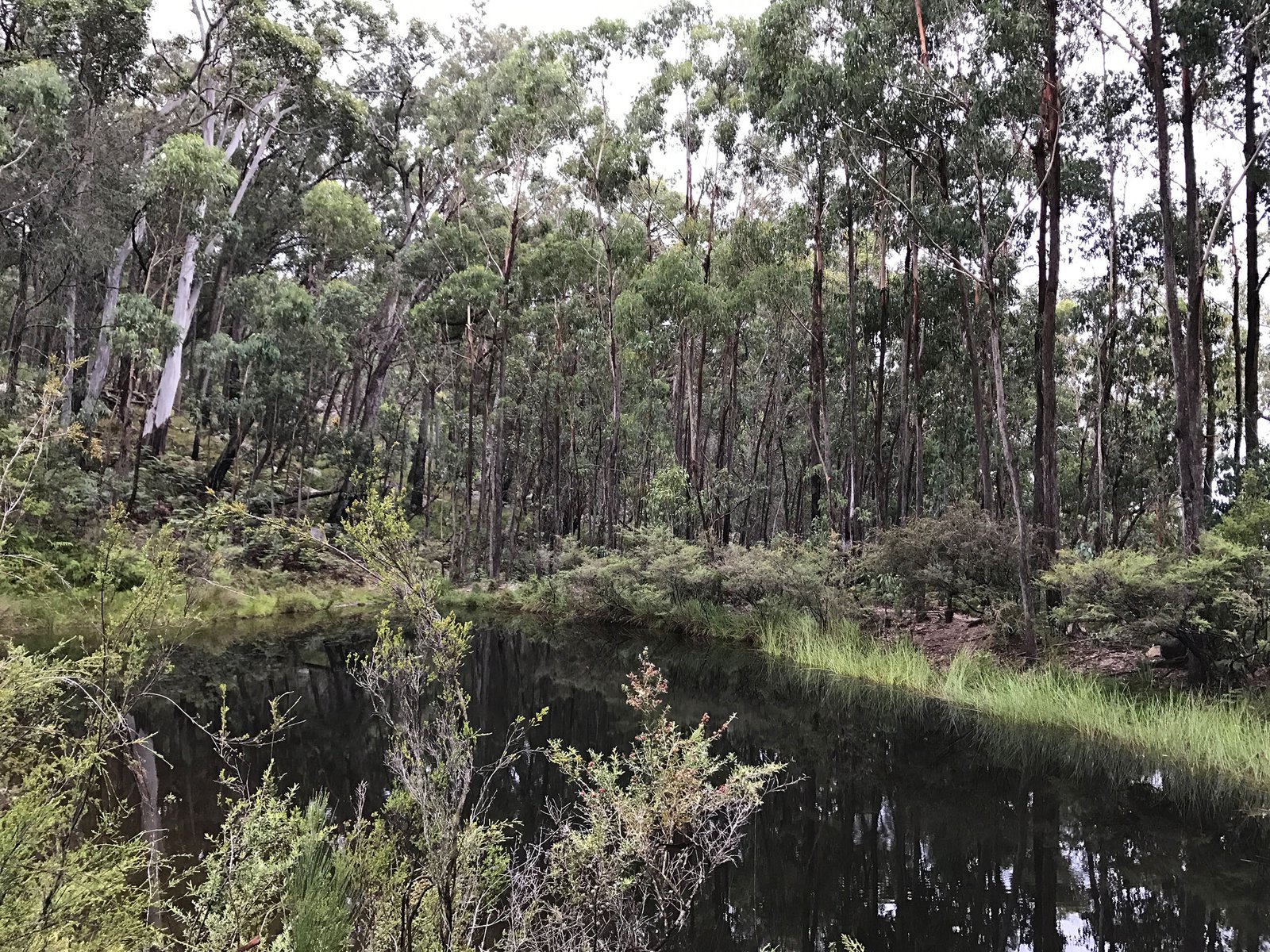Can farm dams help support frog conservation?
With the help of tens of thousands of citizen scientists across Australia, scientists from Deakin University and the Australian Museum explored the value of farm dams to frogs and determined what features of dams support more frog species.
One of the main drivers of biodiversity loss worldwide is habitat loss, and nowhere is this more evident than in freshwater habitats. Freshwater environments like wetlands, streams and lakes are amongst the most threatened habitats on earth and have higher species extinction rates than terrestrial or marine habitats. Given the dramatic loss of natural waterbodies and the biodiversity they support, creating or modifying artificial waterbodies to better support freshwater biodiversity is vital. However, there is little information at large spatial scales about the factors promoting biodiversity in artificial waterbodies.

© Australian Museum
To better understand the biodiversity value of artificial waterbodies, we examined frog records in dams across Australia to work out which landscape or local features contribute to high numbers of frog species. Farm dams are among the most abundant waterbodies in agricultural landscapes, important for maintaining water security for livestock and crops but also holding promise as a refuge for biodiversity. Frogs are susceptible to environmental change and can act as “surrogates” for broader freshwater biodiversity, as their species richness patterns are highly correlated with other freshwater taxa.
Gathering data from across Australia to answer this question has only just become possible thanks to the efforts of tens of thousands of citizen scientists and a new spatial database of Australian farm dams. A huge citizen science dataset provided records of calling frogs from across the continent from the Australian Museum’s FrogID project (86% of frog data used), supplemented by data from the Frog Census. Our overlay of frog records with farm dams resulted in over 100,000 frog records near 8,800 Australian farm dams – allowing us to answer these questions at a greater spatial scale and with the largest dataset so far!

Dam in central west New South Wales. This dam supported breeding populations of the Giant Banjo Frog (Limnodyanstes interioris), the Red Tree Frog (Litoria rubella) and the Wrinkled Toadlet (Uperoleia rugosa).
Image: Jodi Rowley© Australian Museum
A remarkable 107 frog species were detected calling near farm dams – over 40% of all Australian frog species. The most common frog species were the common eastern froglet (Crinia signifera), Striped Marsh Frog (Litoria peronii), Eastern Dwarf Tree Frog (Litoria fallax) – all abundant species along the east coast of Australia. However, threatened frog species were also detected at dams, including the Southern Bell Frog (Litoria raniformis), Green and Golden Bell Frog (Litoria aurea), Sloane’s Froglet (Crinia sloanei) and the Northern Heath Frog (Litoria littlejohni). This highlights the value of farm dams to frog species of high conservation concern.

The Northern Heath Frog (Litoria littlejohni) is a threatened species detected calling at farm dams.
Image: Jodi Rowley© Australian Museum
The farm dams that supported the greatest number of frog species were old (>20 years), of a medium size (0.1 ha in surface area), near other freshwater systems such as streams or natural wetlands, near conservation sites and situated within small or medium water catchments (<10 ha). This pattern held true when we looked at relative frog species richness (the number of frog species near farm dams relative to the expected number of frog species in the area), although here catchment size was no longer important.
Our work highlights the ecological value of farm dams to Australia’s frogs, but also to freshwater biodiversity in general. Farm dams are already widely distributed across Australia, and enhancing farm dams to better support and promote local biodiversity may be a powerful tool to help support our frogs, and freshwater biodiversity in general.
Dr Jodi Rowley, Curator, Amphibian and Reptile Conservation Biology, Australian Museum & UNSW Sydney.
Dr Martino Malerba, ARC DECRA Fellow, Deakin University.
Prof Don Driscoll, Professor of Terrestrial Ecology, Deakin University.
More information:
- Malerba, M.E., Rowley, J.J.L., Macreadie, P., Frazer, J., Wright, N., Zaidi, N., Nazari, A., Thiruvady, D., Driscoll, D. (2023). Conserving nature’s chorus: local and landscape features promoting frog species richness in farm dams. Biological Conservation. https://doi.org/10.1016/j.biocon.2023.110270.
- Malerba, M., Driscoll, D., Rowley, J., Wright, N. and Macreadie, P. September 14, 2023. Our unsung farm dams provide vital habitat to threatened species of frogs. The Conversation.

